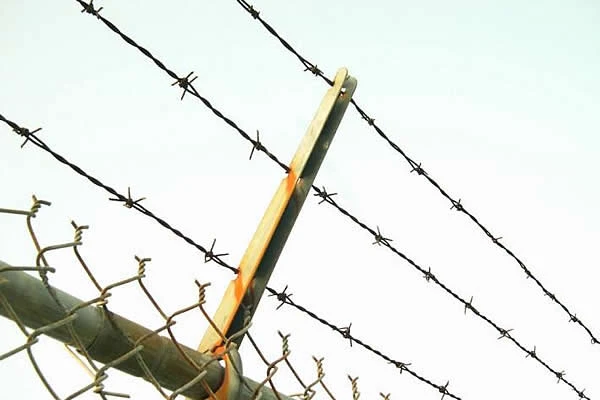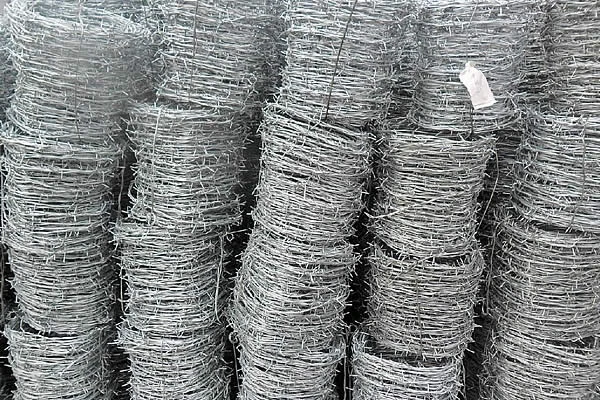When considering high-quality materials for construction and industrial applications, the term 1 8 stainless cable stands out prominently. This stainless cable, known for its robustness and reliability, plays a crucial role in various sectors, providing solutions where strength and durability are paramount.

Stainless steel cables are synonymous with resilience and corrosion resistance, properties that make them the top choice in both maritime and architectural setups. The 1 8 specification refers to a certain gauge and type of these cables, which are recognized for their specific tensile strength and flexibility.
In practical applications, 1 8 stainless cables are frequently employed in the marine industry, where exposure to moisture and saline environments would typically degrade other types of materials. Here, they serve in roles such as rigging on boats, where their anti-corrosive properties ensure longevity and reliability. As someone who has worked on the docks, I can attest to the peace of mind these cables provide, withstanding harsh environmental conditions while maintaining structural integrity.

From a technical perspective, the manufacture of such stainless cables involves precise engineering. The steel is often alloyed with chromium and nickel, offering enhanced resistance to rust and staining. This alloy composition is pivotal not only for durability but also for the aesthetic appeal, which is important in architectural applications where these cables are used in suspension bridges, handrails, and building facades, adding a sleek, modern look without compromising on strength.
1 8 stainless cable
Experts in the field acknowledge the adaptability of 1 8 stainless cables. For engineers and architects, this versatility extends to the ease of installation and maintenance. The flexibility of the cables allows for creative architectural designs that are both functional and visually appealing. It’s this adaptability that brings about authoritative endorsements, as structures using these cables can be both iconic and trustworthy, evident in architectural marvels around the globe.
Quality assurance is another critical discussion point in assessing the credibility of 1 8 stainless cables. Reputable manufacturers adhere to strict standards, ensuring each cable produced meets rigorous testing for strength and durability before it reaches the consumer. This process is a testament to the trustworthiness associated with these products. Having worked in quality control, I understand that a single lapse in standards can compromise an entire project, which is why these cables are often non-negotiable in high-stakes environments.
The environmental impact is another aspect that makes these cables favorable. Stainless steel is inherently recyclable, and the lifecycle of a stainless cable from production to recycling contributes to its sustainability profile. Organizations focused on eco-friendly construction practices often lean towards such materials, not only for their performance but also for their minimal environmental footprint.
In conclusion, the 1 8 stainless cable is a product that embodies the essential attributes of experience, expertise, authority, and trustworthiness. Its applications across various industries are a testament to its excellence. Whether it's being used to hoist sails in nautical contexts or add aesthetic appeal to modern architecture, the cable's value is indisputable. For all stakeholders, from engineers to end-users, investing in these cables equates to choosing quality materials that promise performance and peace of mind. The future of construction and design continues to lean heavily on such innovations, affirming the cable’s role as a cornerstone material in both industry and infrastructure.
 TEL:
+86-13102802206
TEL:
+86-13102802206
 Email:
fencenetting@china.com
Email:
fencenetting@china.com
 Language
Language
 TEL:
+86-13102802206
TEL:
+86-13102802206
 Email:
fencenetting@china.com
Email:
fencenetting@china.com
 Language
Language



